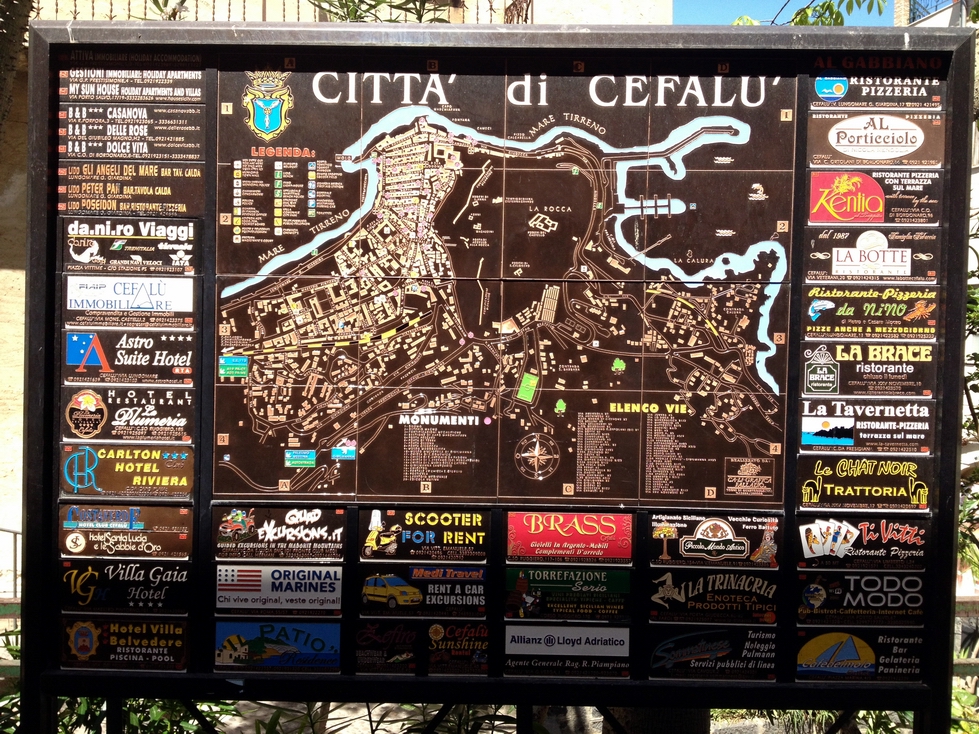
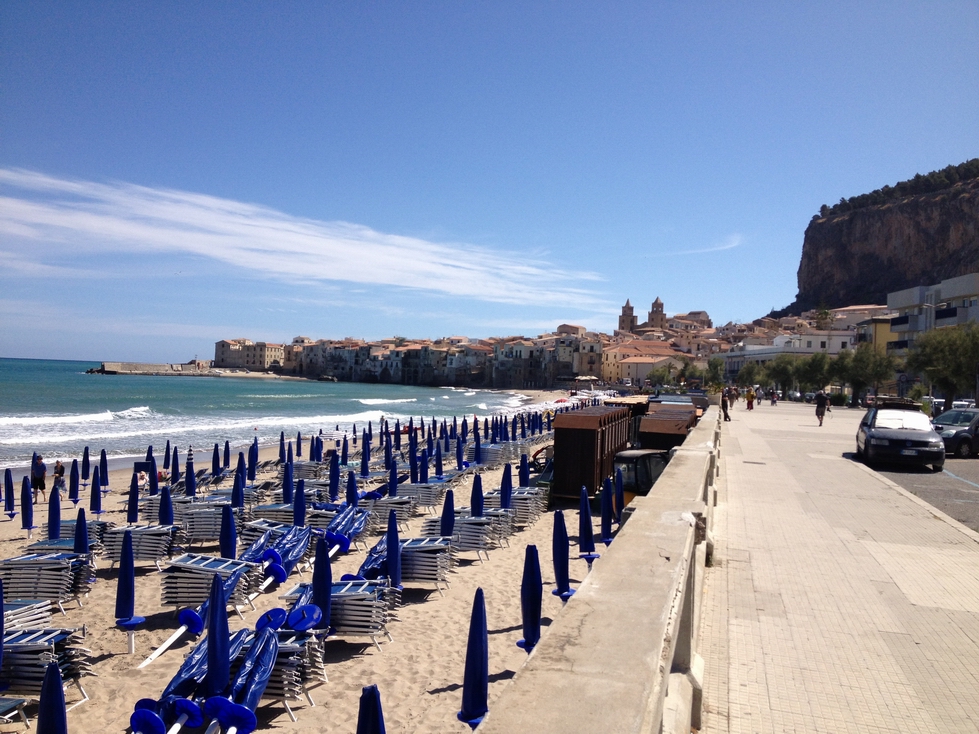
View from the western side of Cefalu
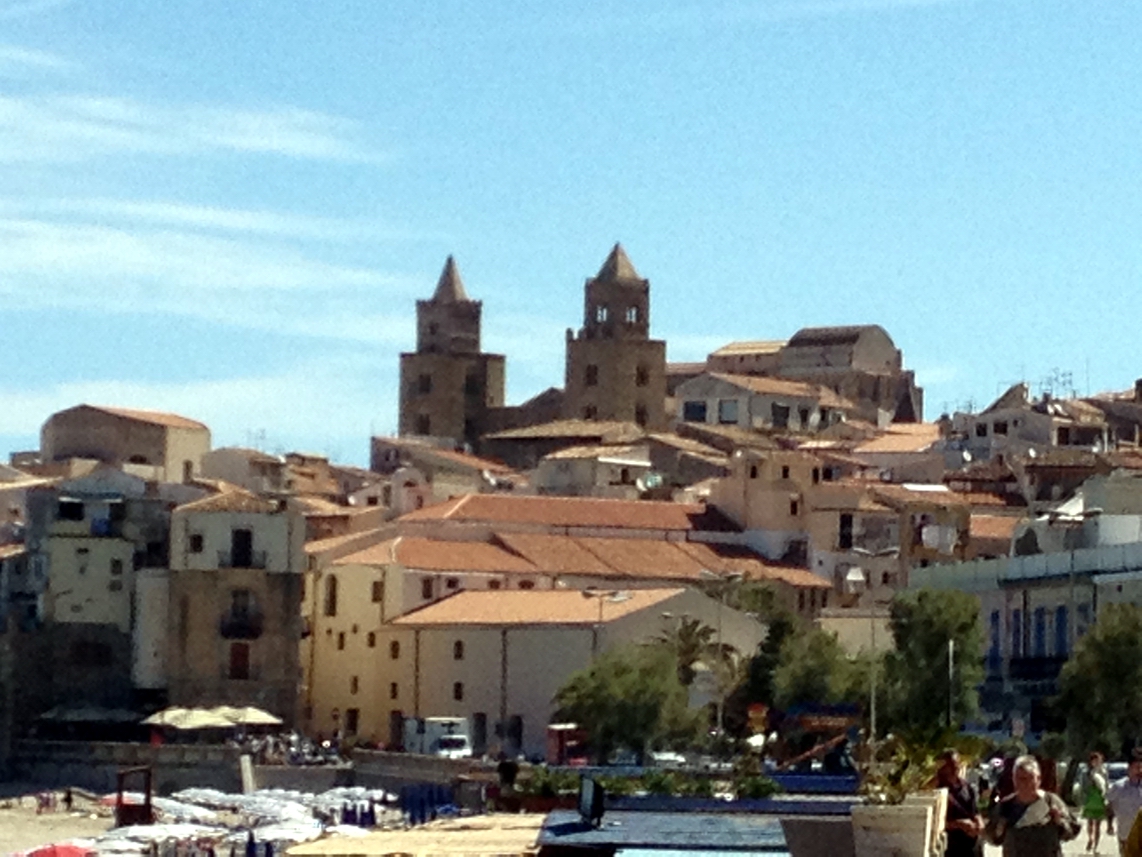
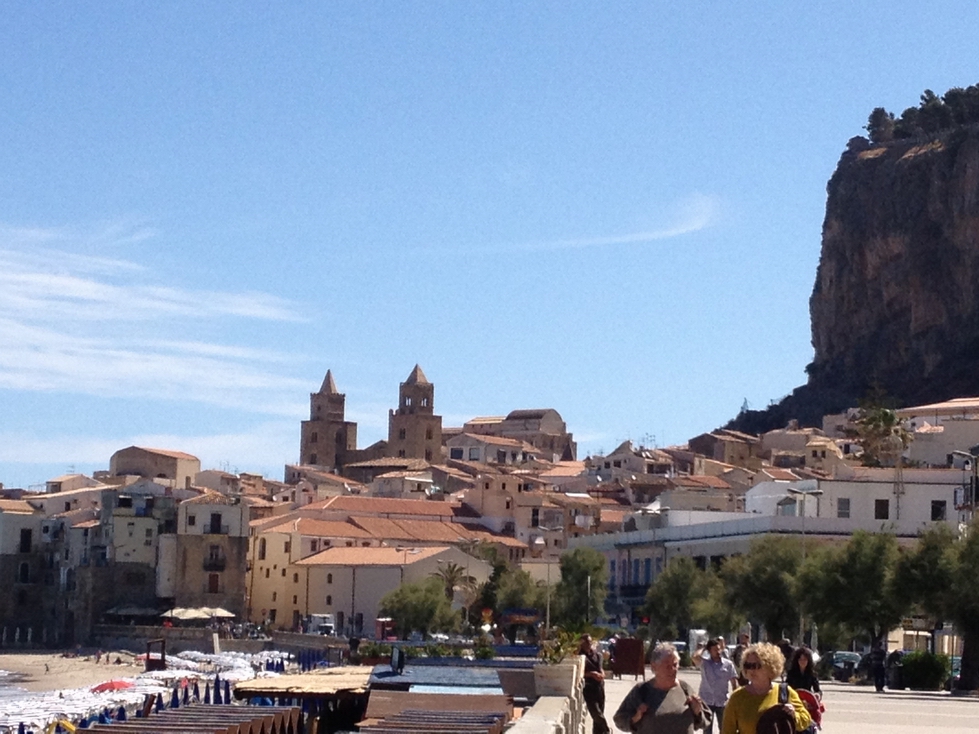
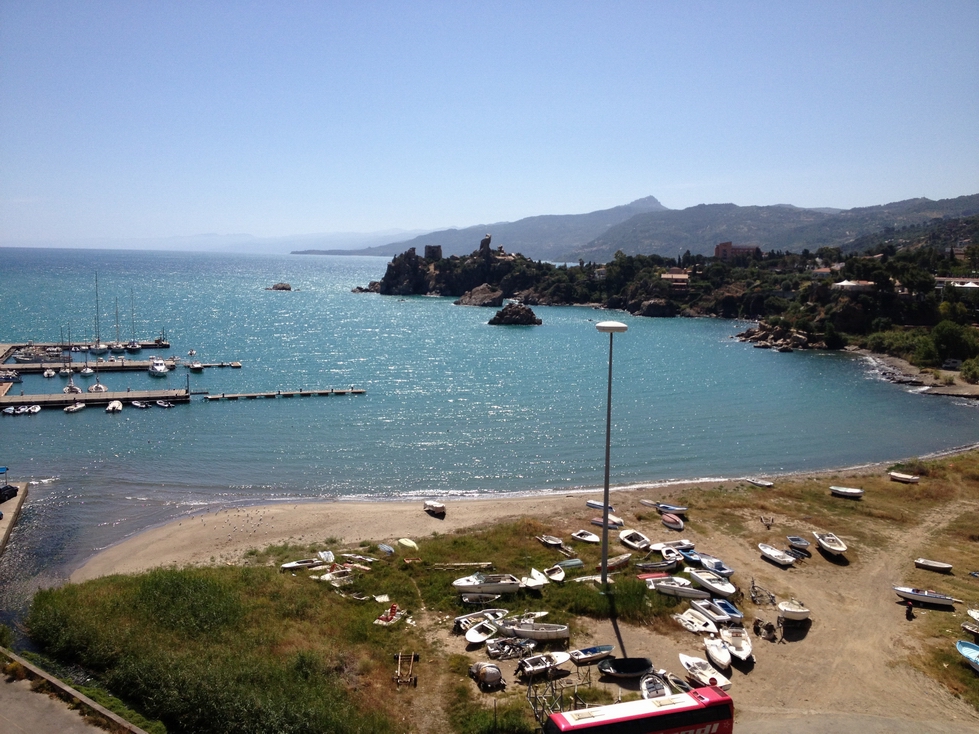
View from the eastern side of Cefalu

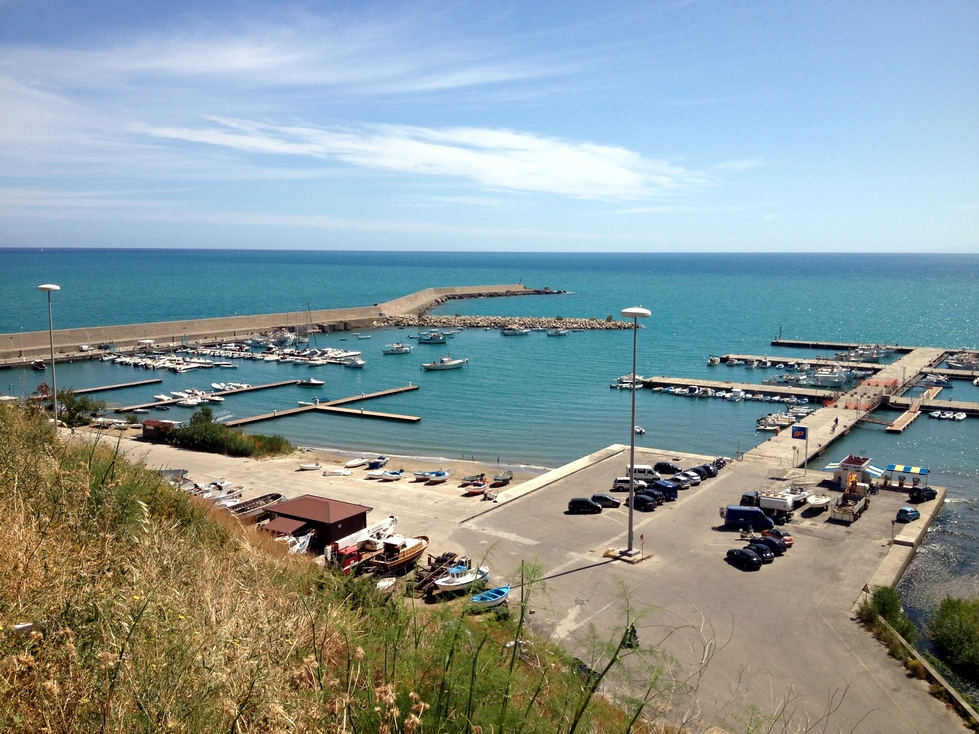
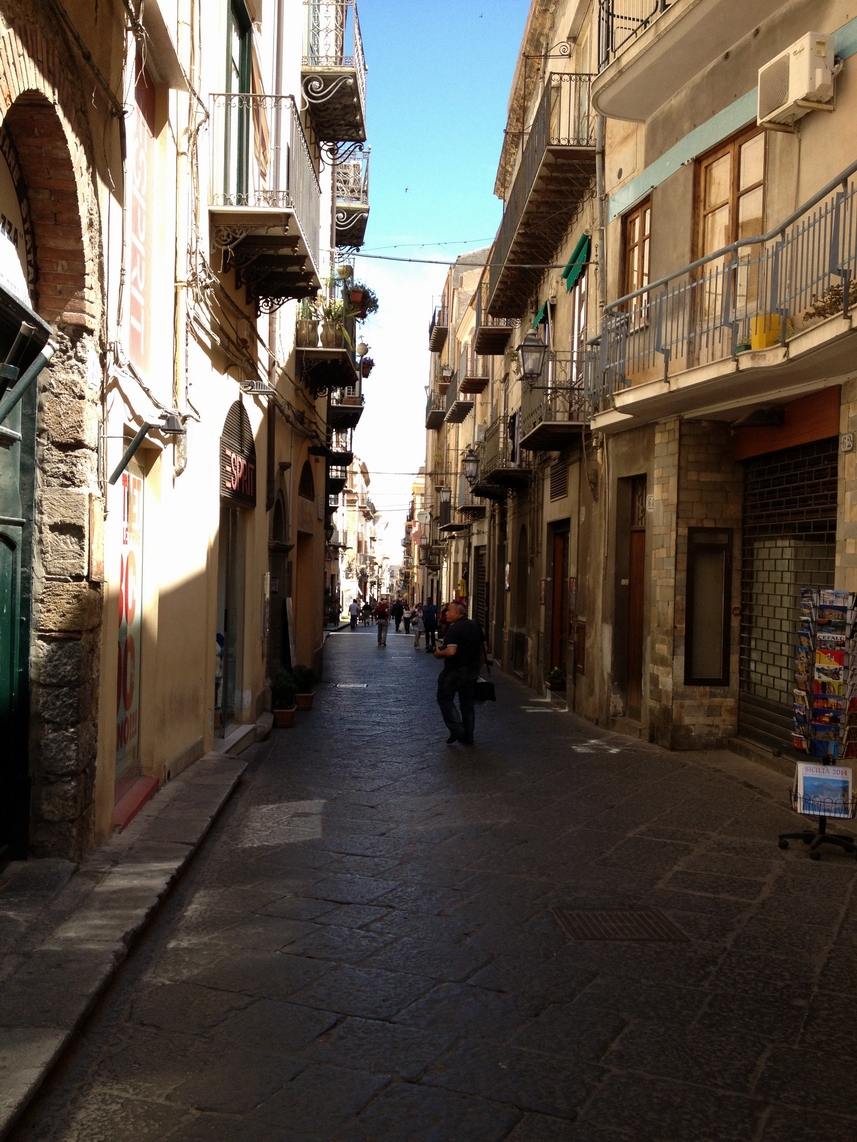
Cefalu
Cefalù (Sicilian: Cifalù,) is a city
and comune in the province of Palermo, located on the northern coast of
Sicily. Cefalu is located on the Tyrrhenian Sea about 70 km east from the
provincial capital and 185 km west of Messina. The town, with its population
of just under 14,000, is one of the major tourist attractions in the region.
Despite its size, every year it attracts millions of tourists from all
parts of Sicily and also, from all over Italy and Europe. In summer the
population can triple, making the main streets and major roads very crowded.


View from the western side of Cefalu



View from the eastern side of Cefalu



Of Greek origins, the city evidently derived its name from its situation on a lofty and precipitous rock, forming a bold headland, projecting into the sea. But though its name proves it to have been of Greek origin, no mention is found of it in Thucydides, who expressly says that Himera was the only Greek colony on this coast of the island.
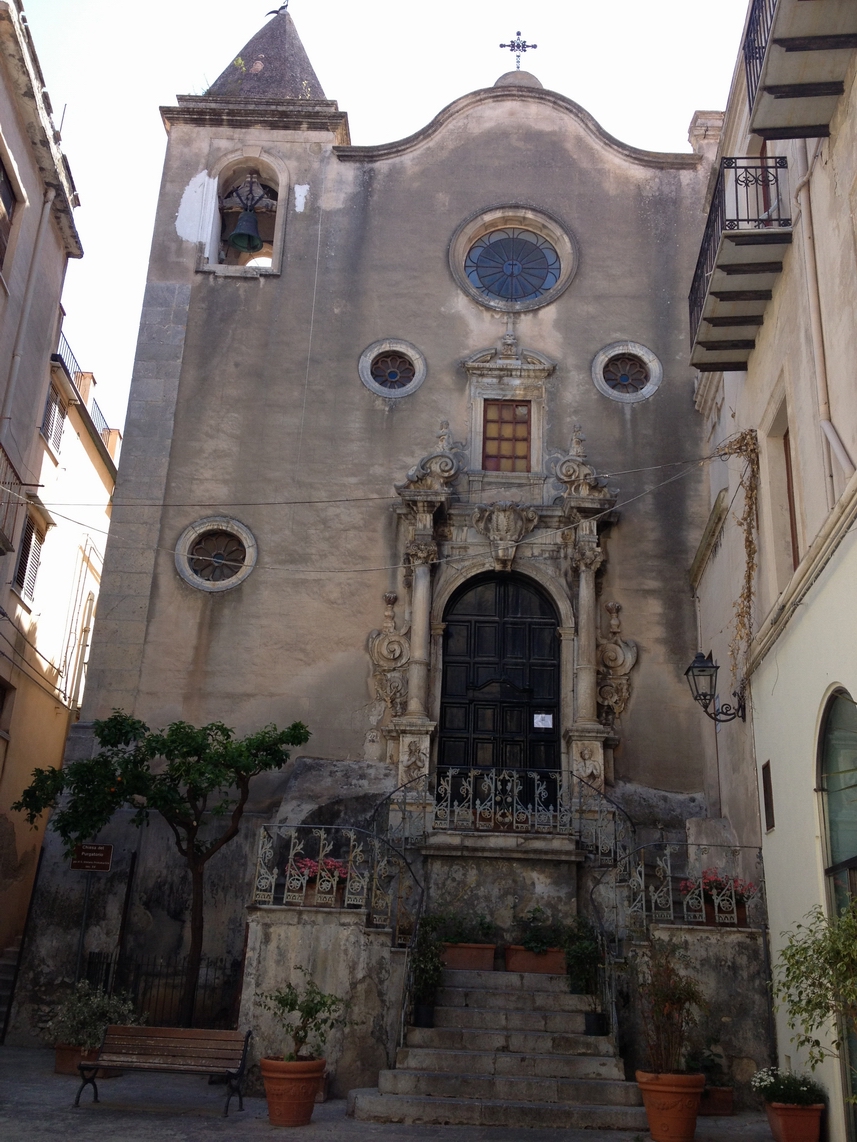
Church of St. Stefano
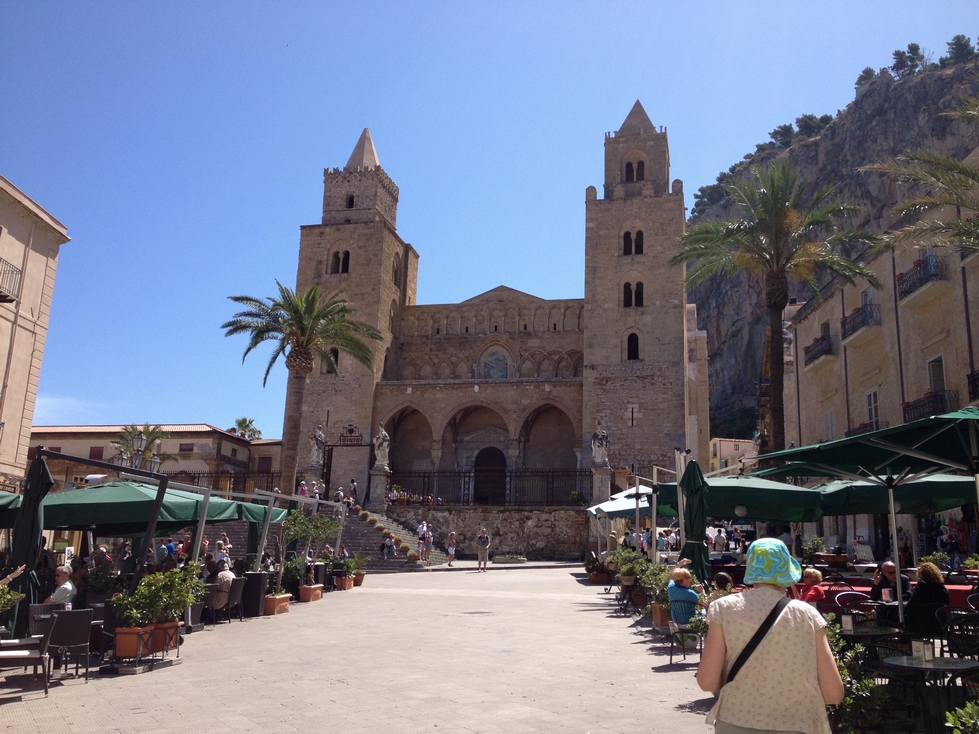
In 1063 the Normans captured Cefalu and in 1131, Roger
II, king of Sicily, transferred it from its almost inaccessible position
to one at the foot of the rock, where there was a small but excellent harbor,
and began construction of this cathedral.
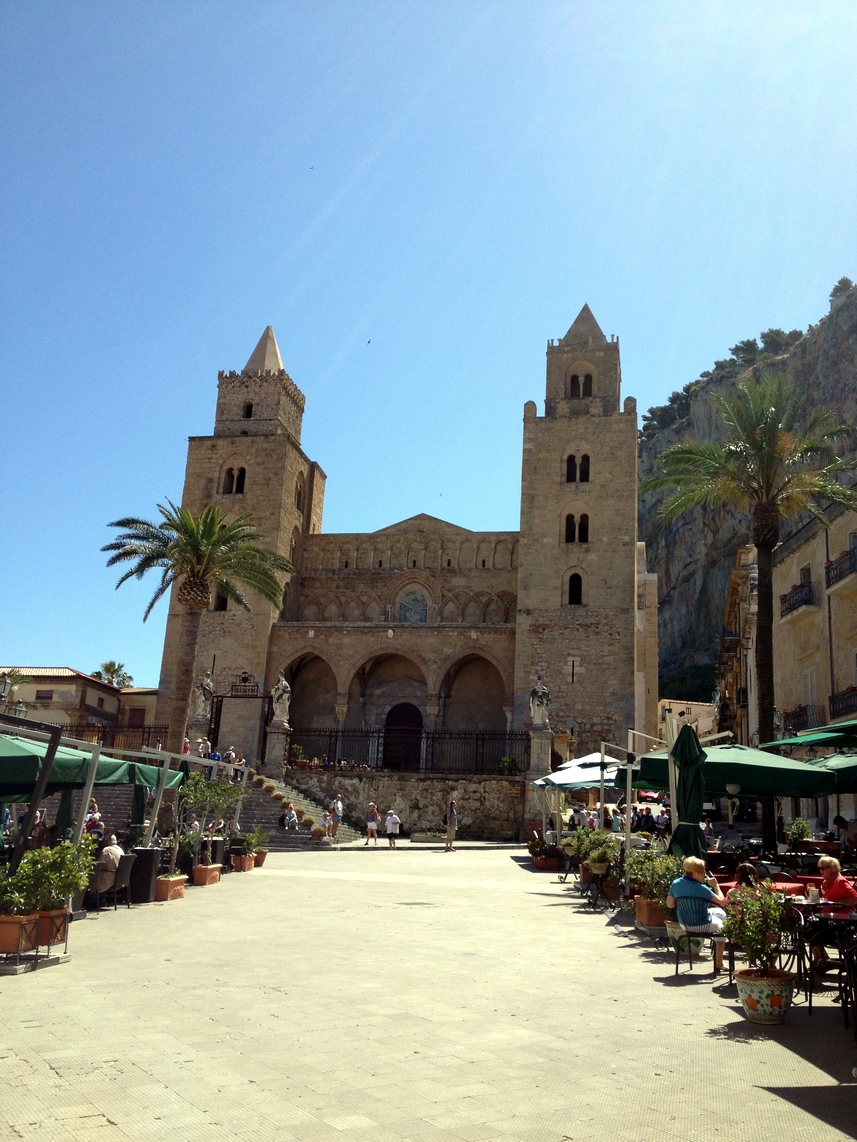
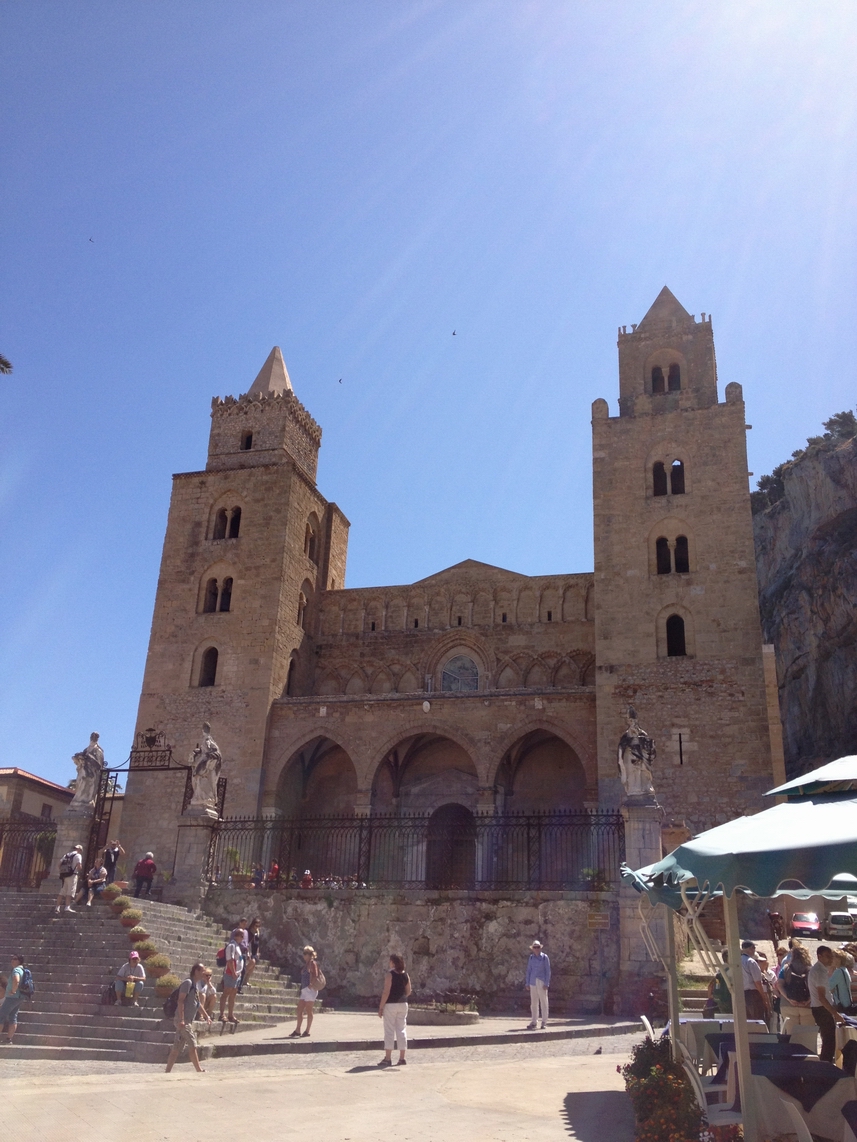
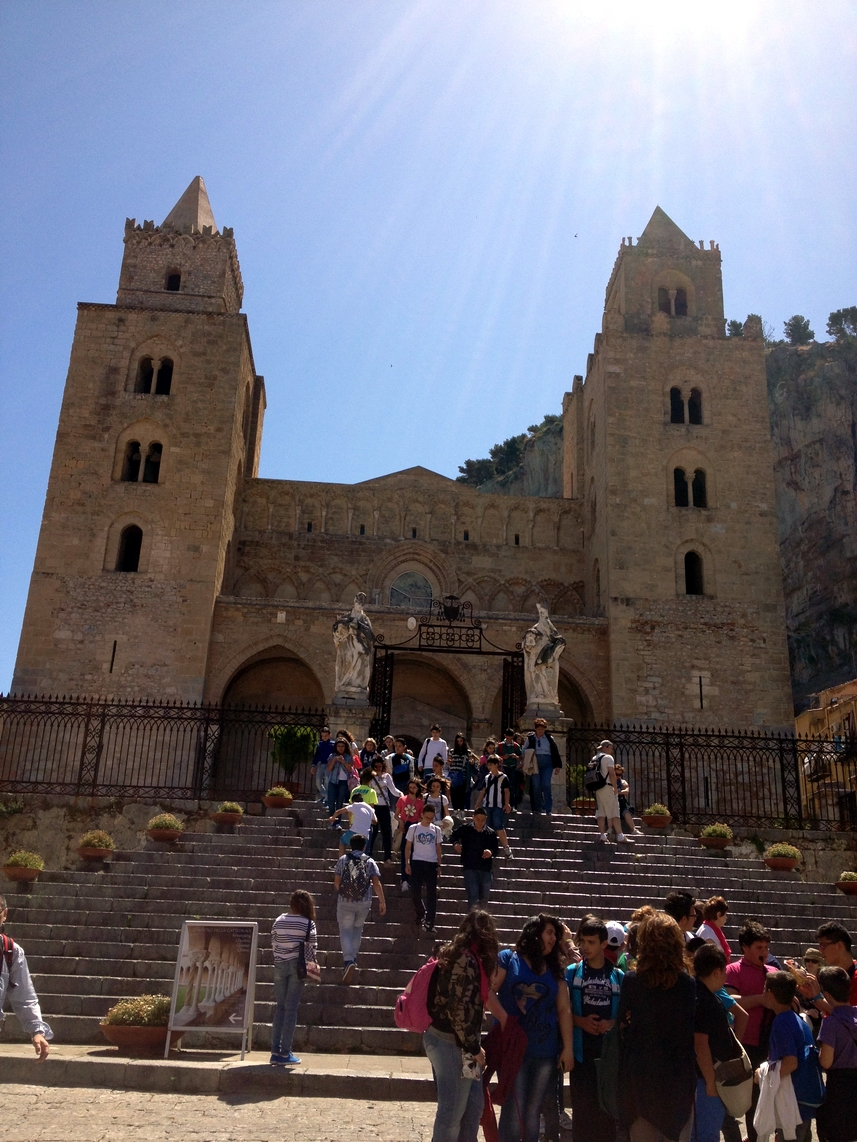
The Cathedral, begun in 1131, in a style of Norman
architecture which would be more accurately called Sicilian Romanesque.
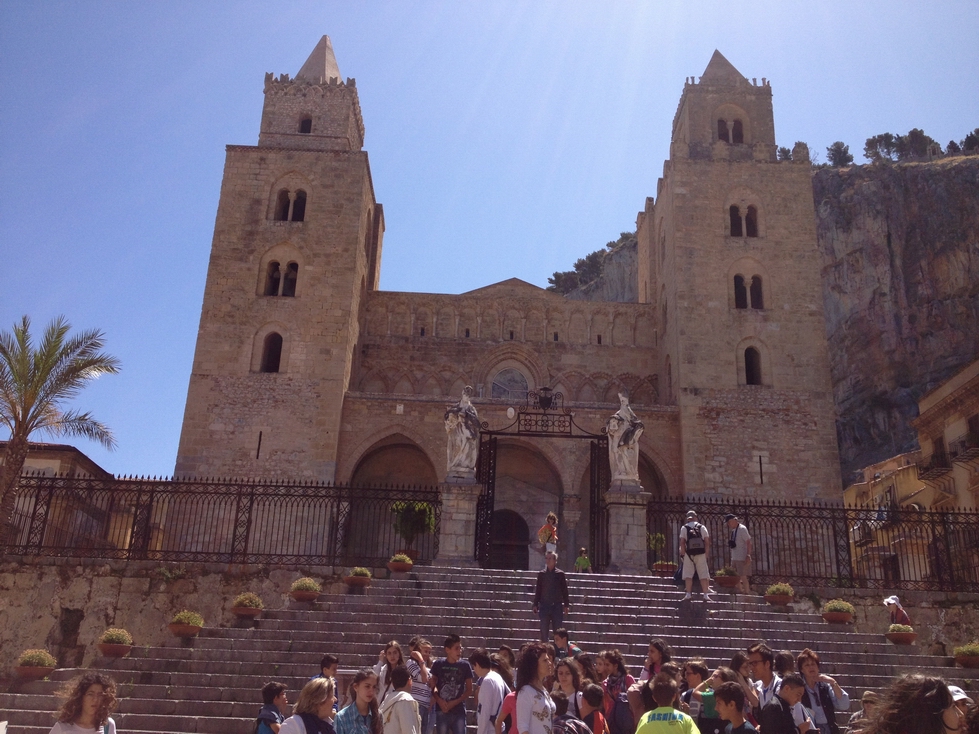
Two strong matching towers flank the cathedral porch,
which has three arches (rebuilt around 1400) corresponding to the nave
and the two aisles.

The Door of the King
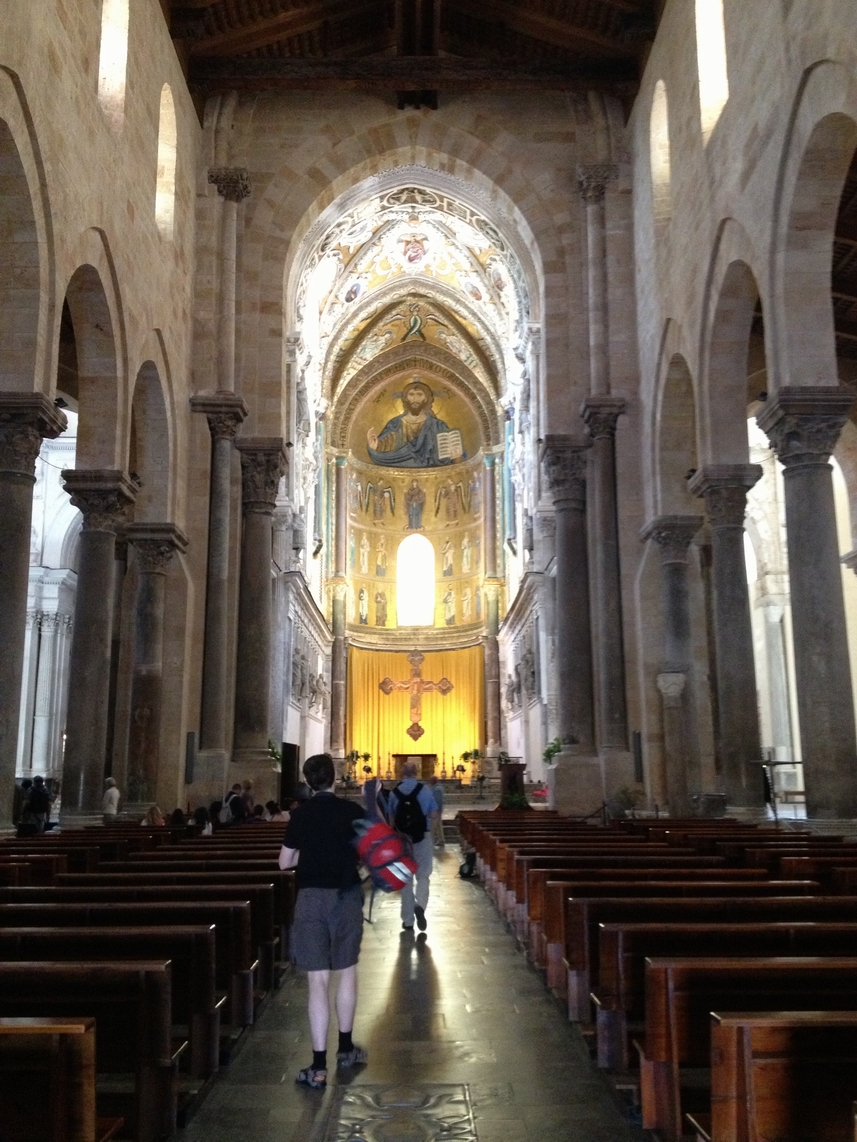
The round-headed Norman portal is worthy of note. A
semi-circular apse is set into the east end wall. Its strengthening counterforts
that work like buttresses, are shaped as paired columns to lighten their
aspect.
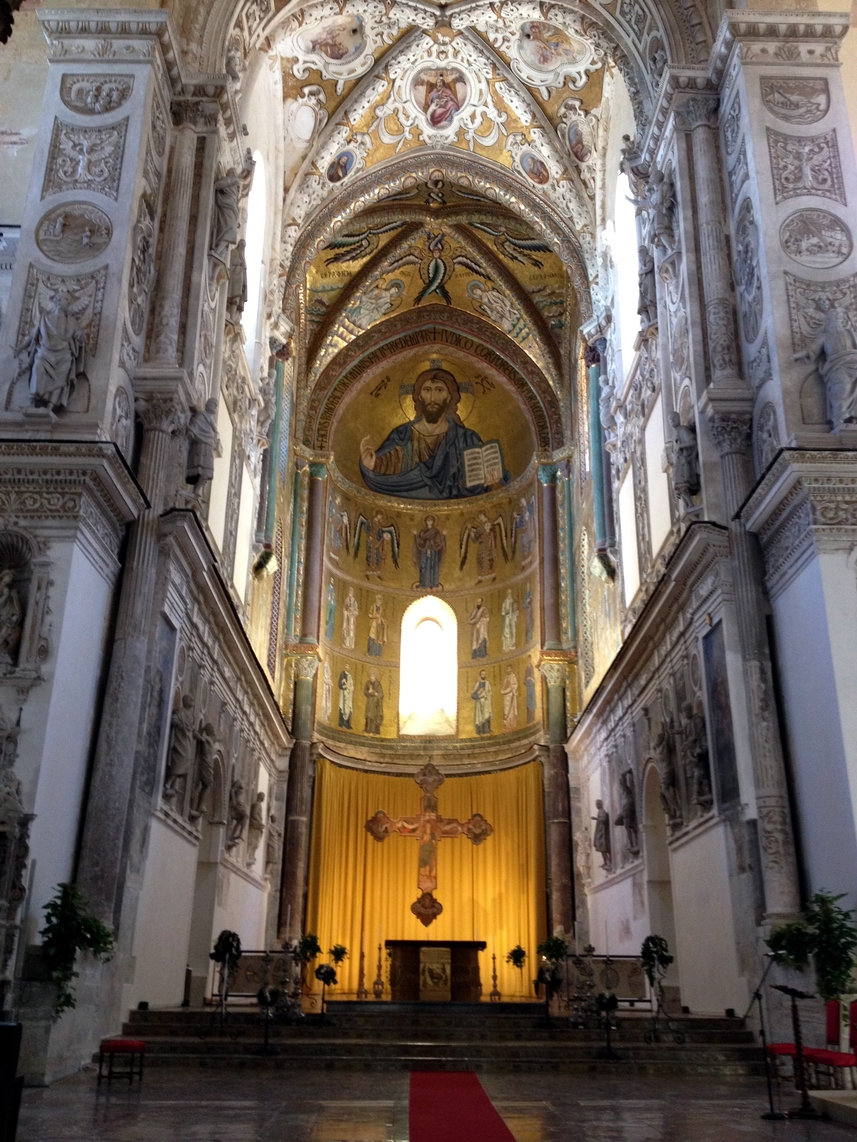
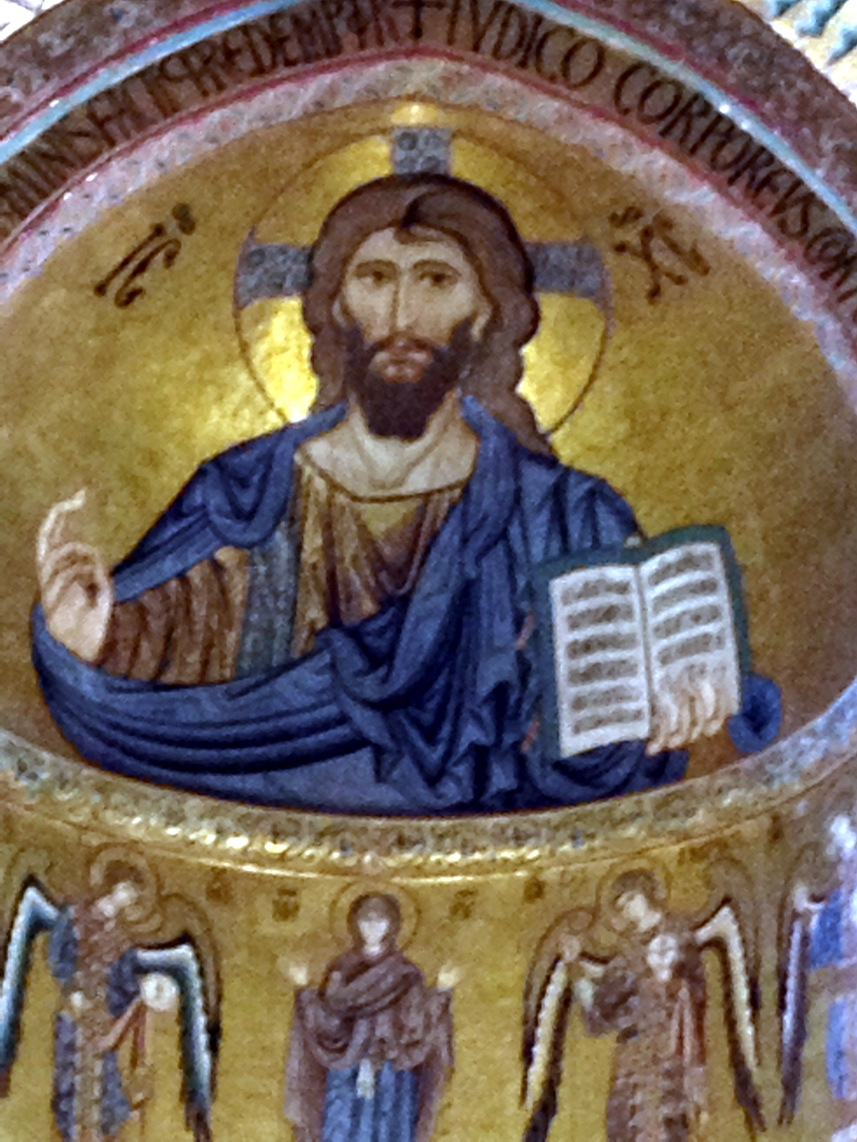
The dominant figure of the decorative scheme is the
bust of the Christ Pantokrator, portrayed with a hand raised in Benediction
on the semi-dome of the apse. In his left hand he carries the Gospel of
John, in which can be read, in Greek and Latin: "I am the light of the
world, who follows me will not wander in the darkness but will have the
light of life"
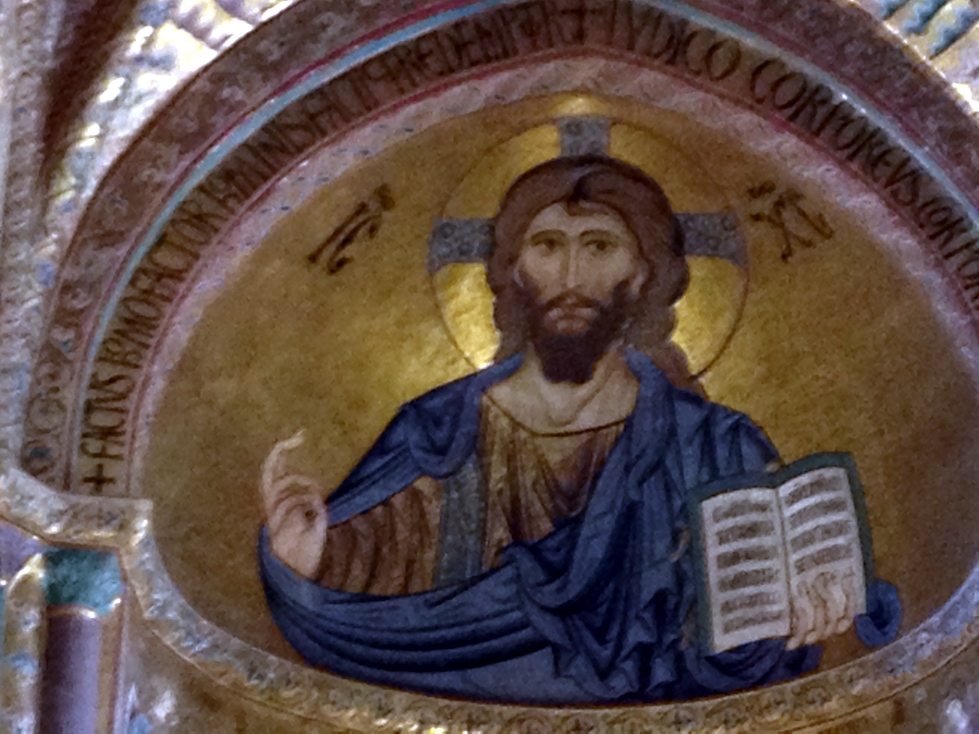
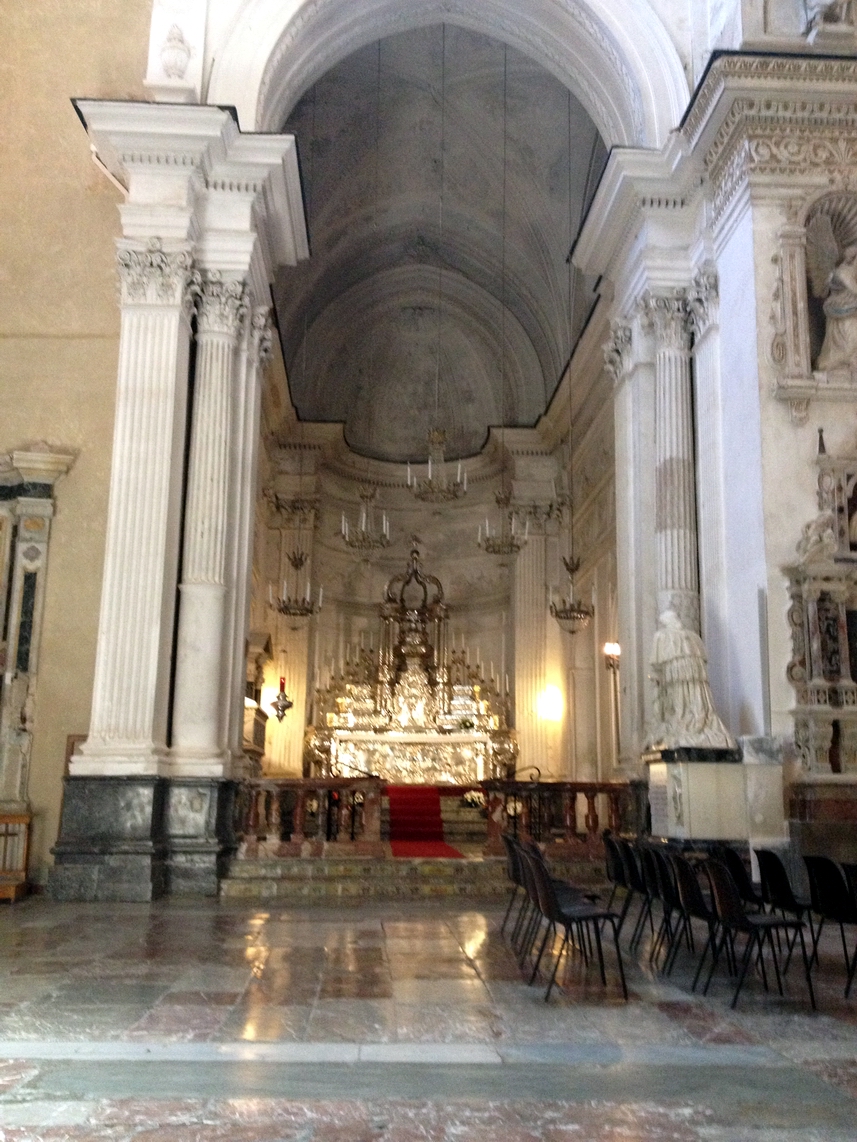
The cathedral, dating from 1131, was commenced in the
Norman style, the island of Sicily having been conquered by the Normans
in 1091. According to tradition, the building was erected after a vow made
to the Holy Saviour by the King of Sicily, Roger II, after he escaped from
a storm to land on the city's beach.
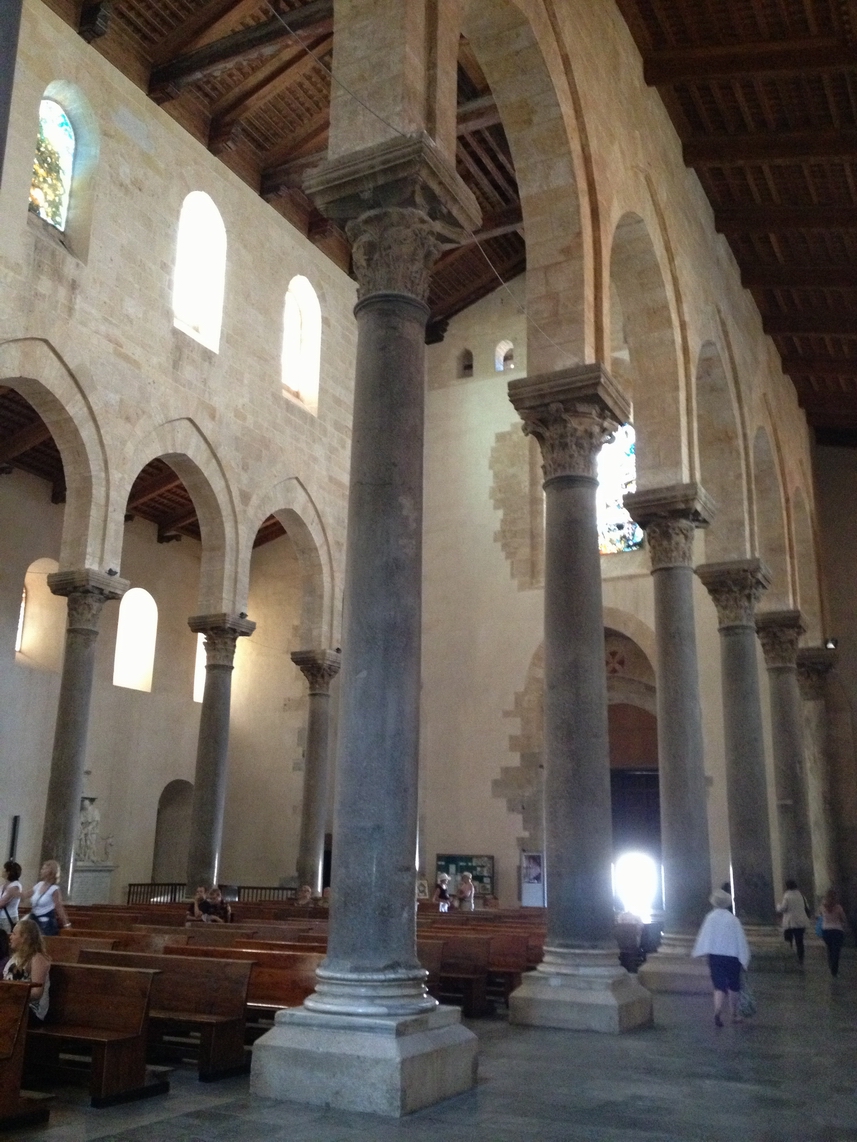
The interior of the cathedral is on the Latin cross
plan, divided into a nave and two aisles by arcades of antique columns:
fourteen in pink granite and two in cipolin. The bases and capitals are
from the 2nd century AD. Two large capitals supporting the triumphal arch
of the nave were probably made by an Apulian workshop in the mid-12th century.
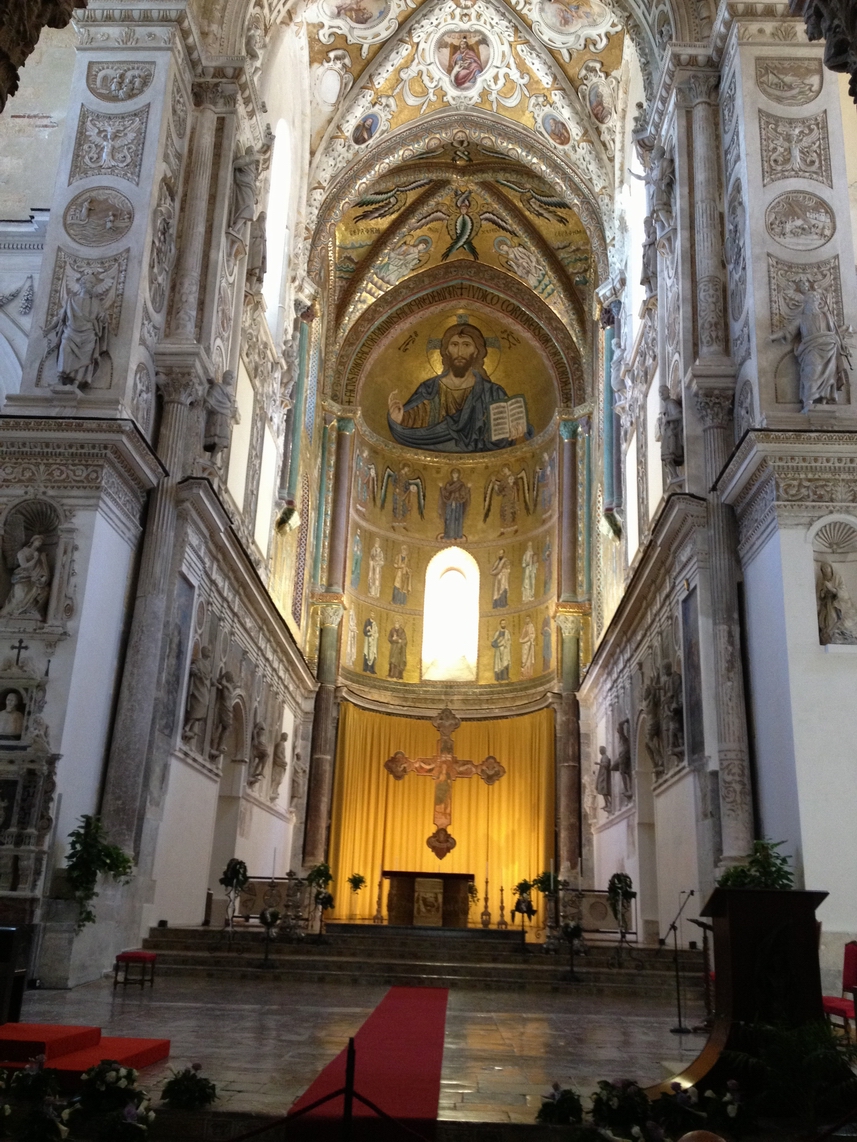

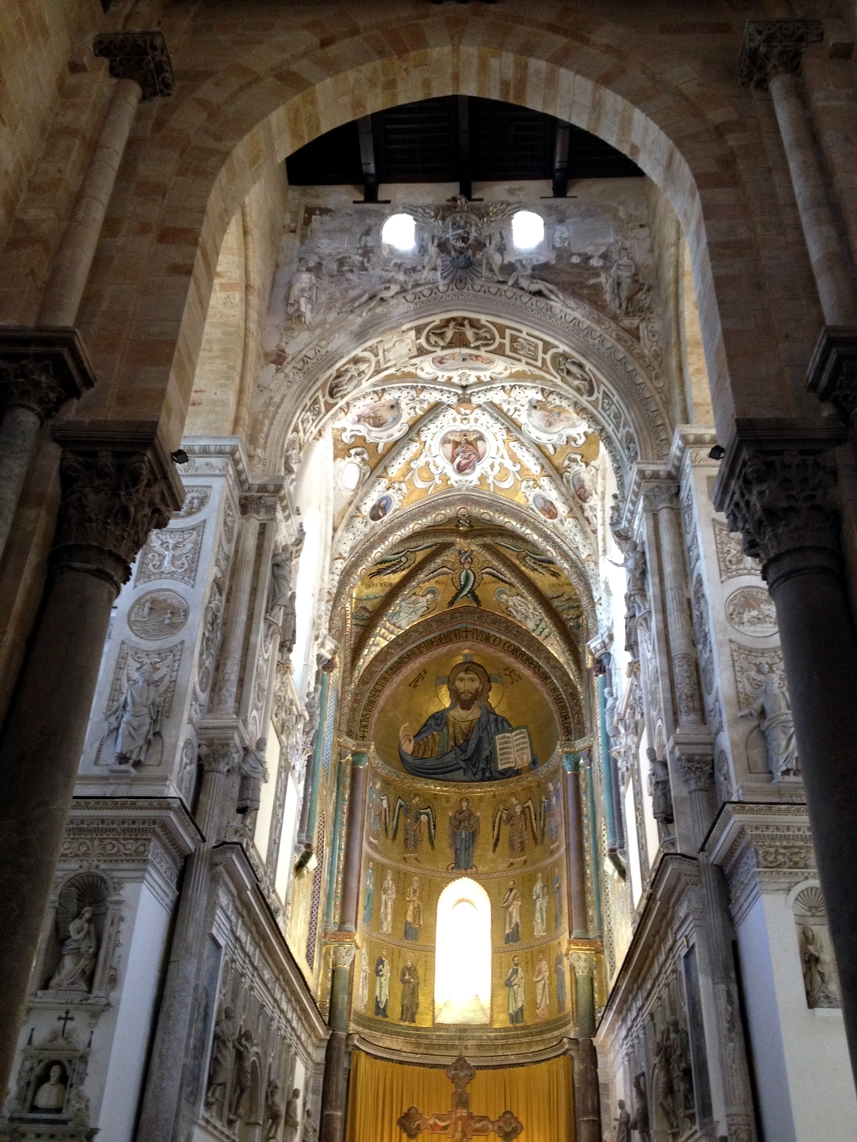
In the upper tier of the apsidal wall is depicted the
Blessed Virgin Mary, her hands raised in prophecy and flanked by four archangels.
In the second and third tiers, on either the side of the central window,
are figures of apostles and evangelists, placed according a planned theological
program.
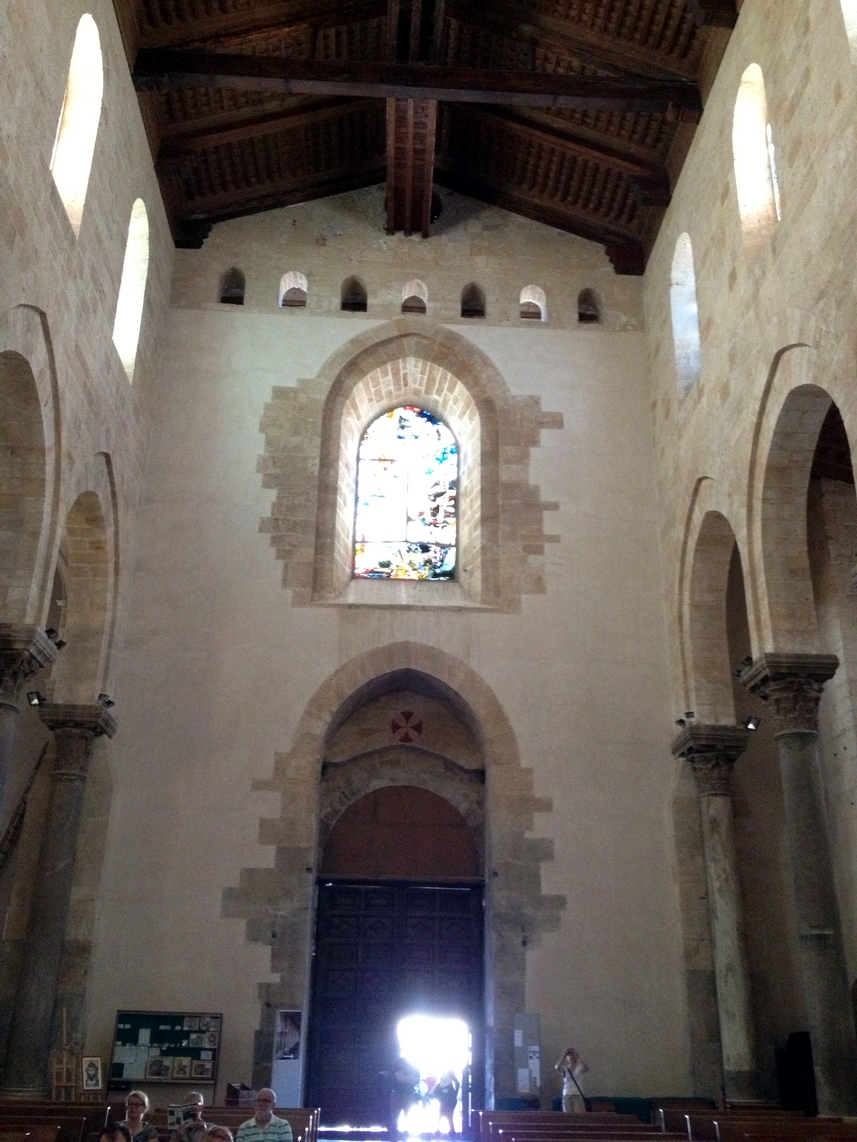
The Door of the King from inside
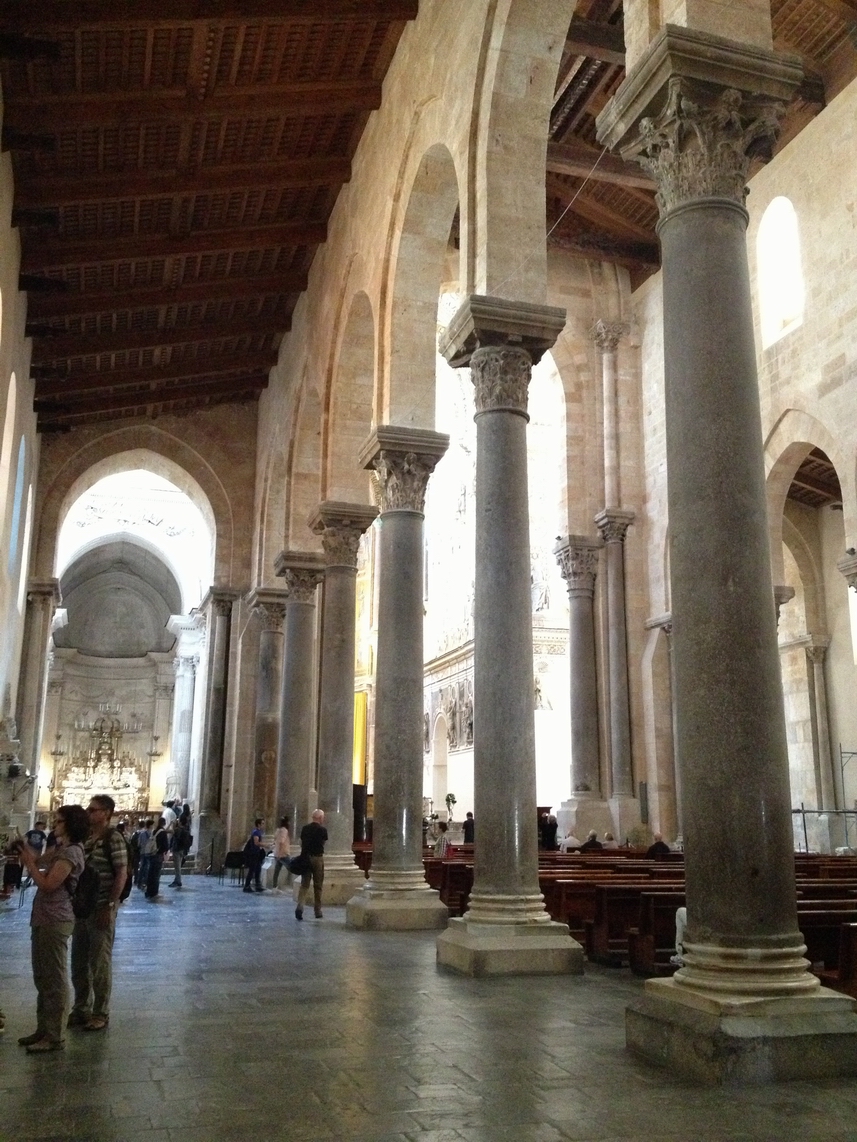
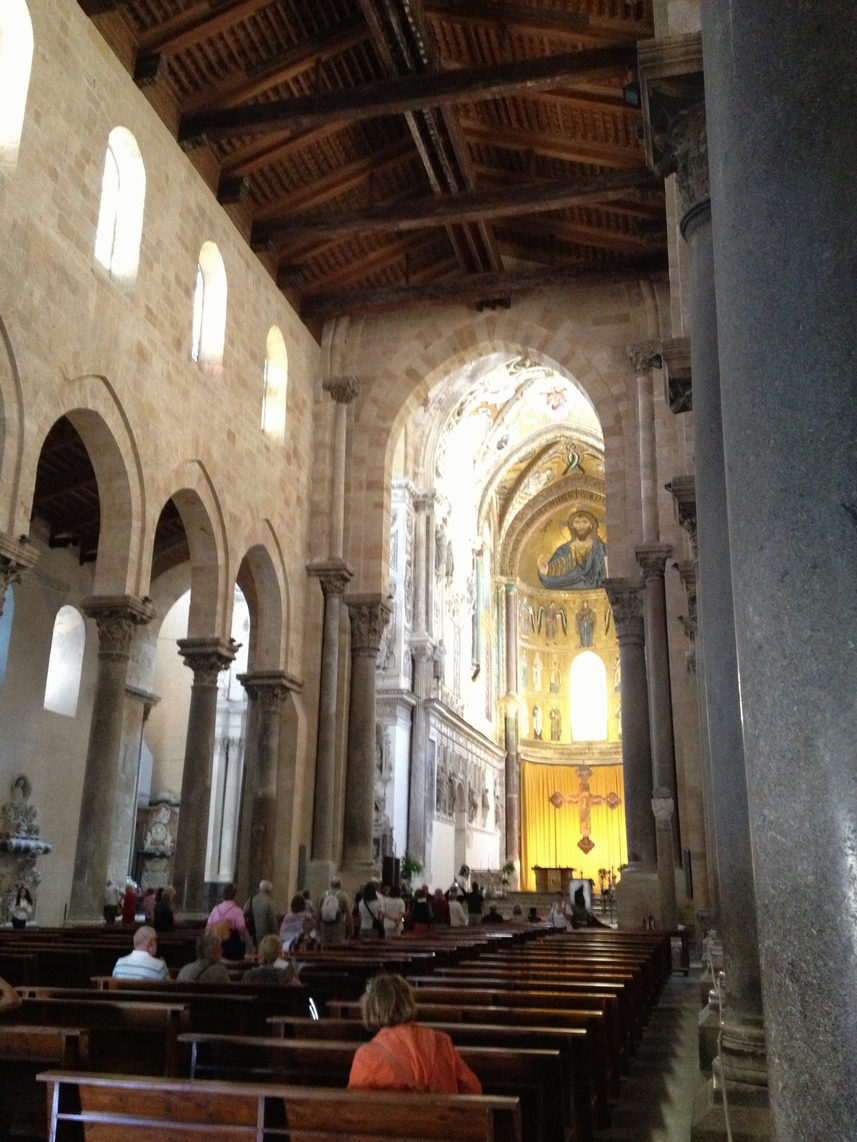
It was probably planned that the entire church should
be decorated in mosaic, but it was only completed in the presbyterium area.
It still covers the apse and some half of the side walls. Roger II brought
masters in the technique of mosaic from Constantinople. They adapted their
traditional Byzantine decorative art to an architectural structure that
was Northern European origin.
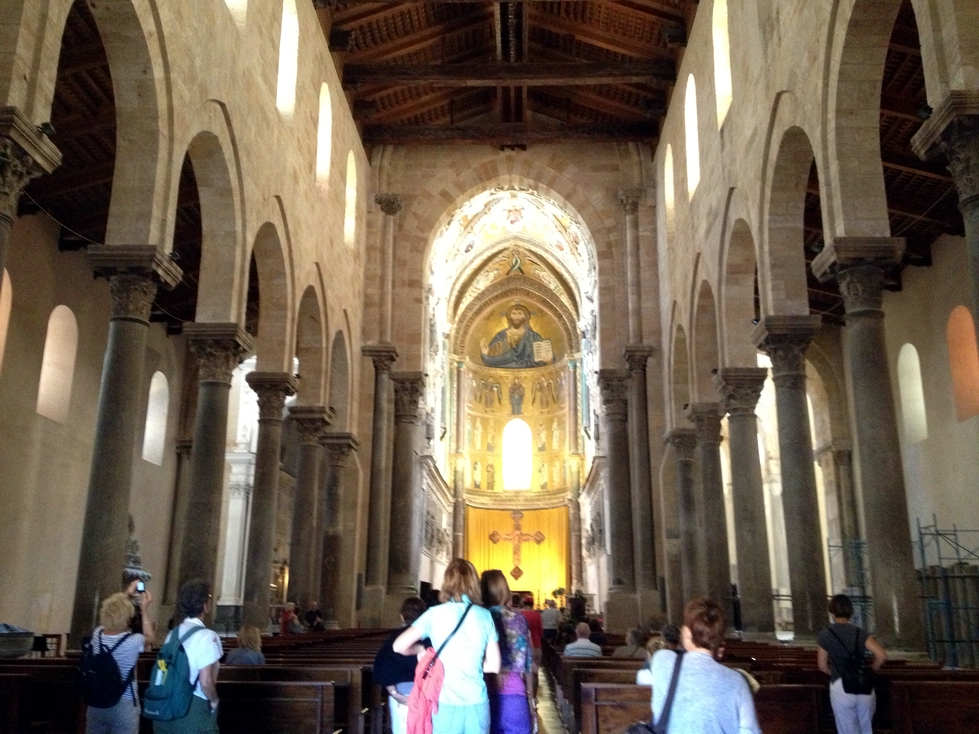
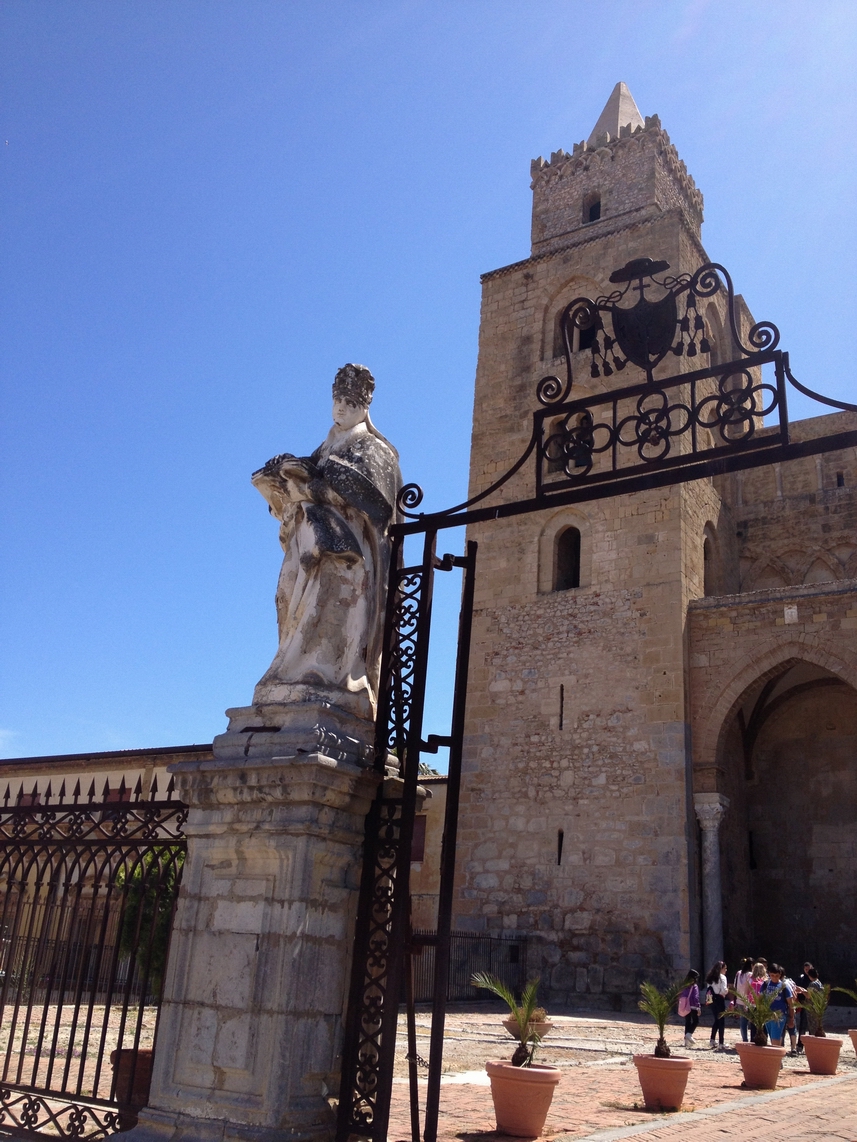
The fortress-like character of the building, which,
seen from a distance, rises as a huge bulk above its medieval town, may
in part reflect the vulnerability of the site to attack from the sea. It
also made a powerful statement of the Norman presence.
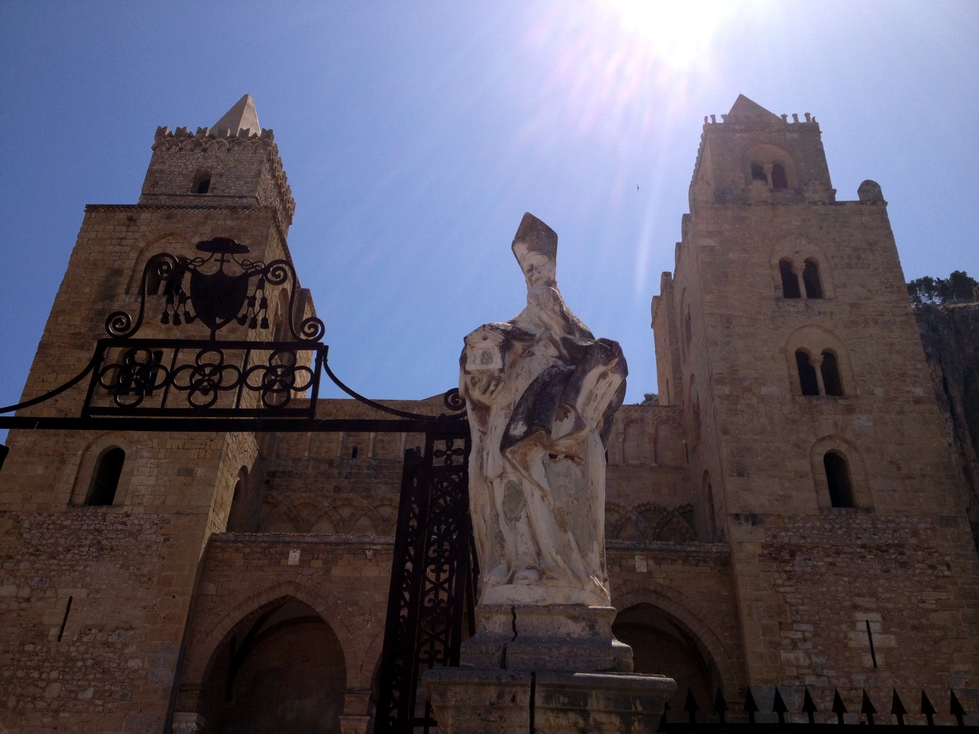
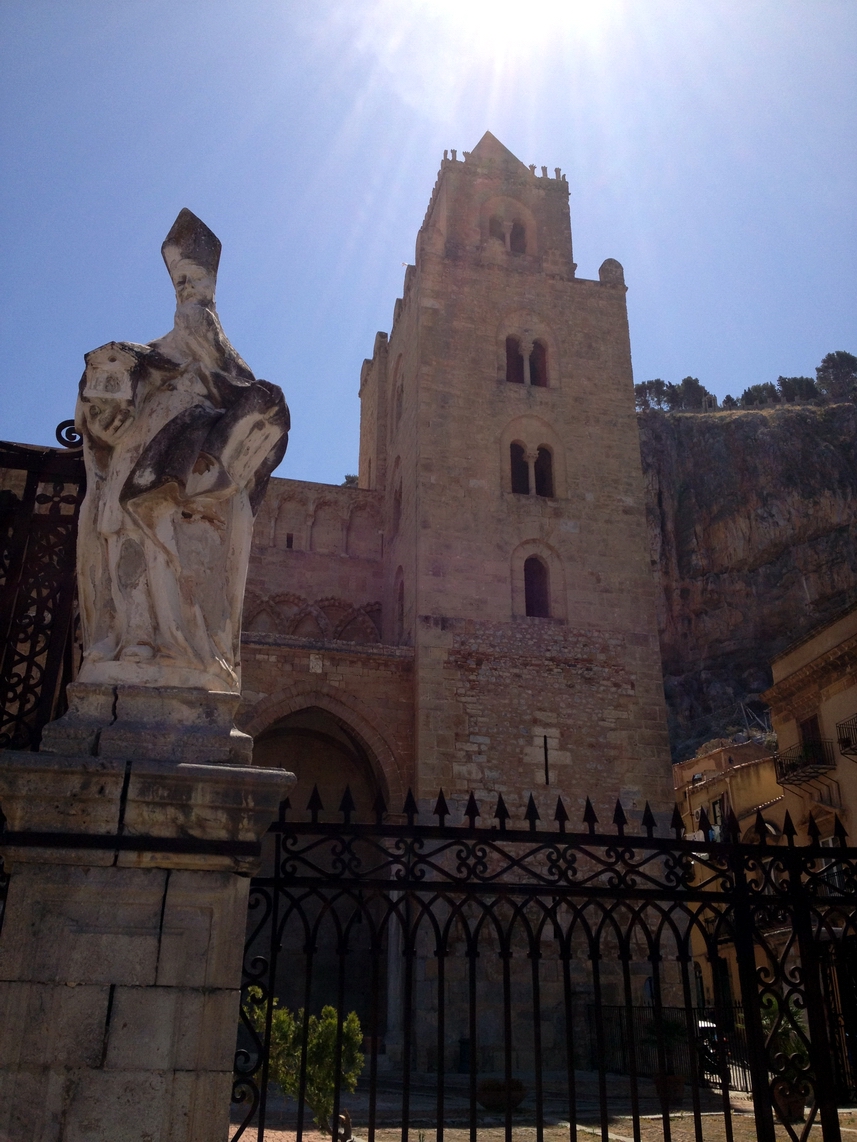
After 1172, the church suffered a period of decline
and in 1215, Frederick II of Hohenstaufen moved the two sarcophagi to the
Cathedral of Palermo. Construction of the cathedral was resumed soon after,
the façade being completed in 1240. The Cathedral was consecrated
in 1267 by Rodolphe de Chevriêres, Bishop of Albano.
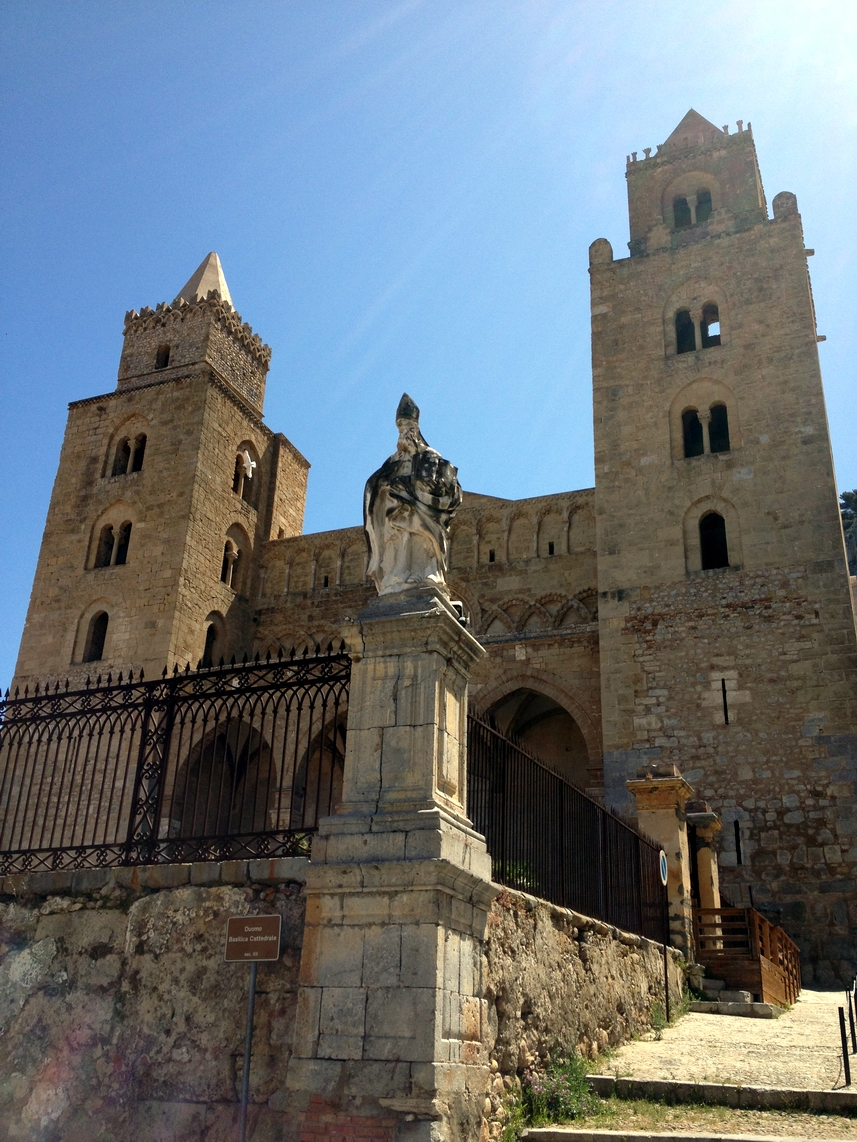

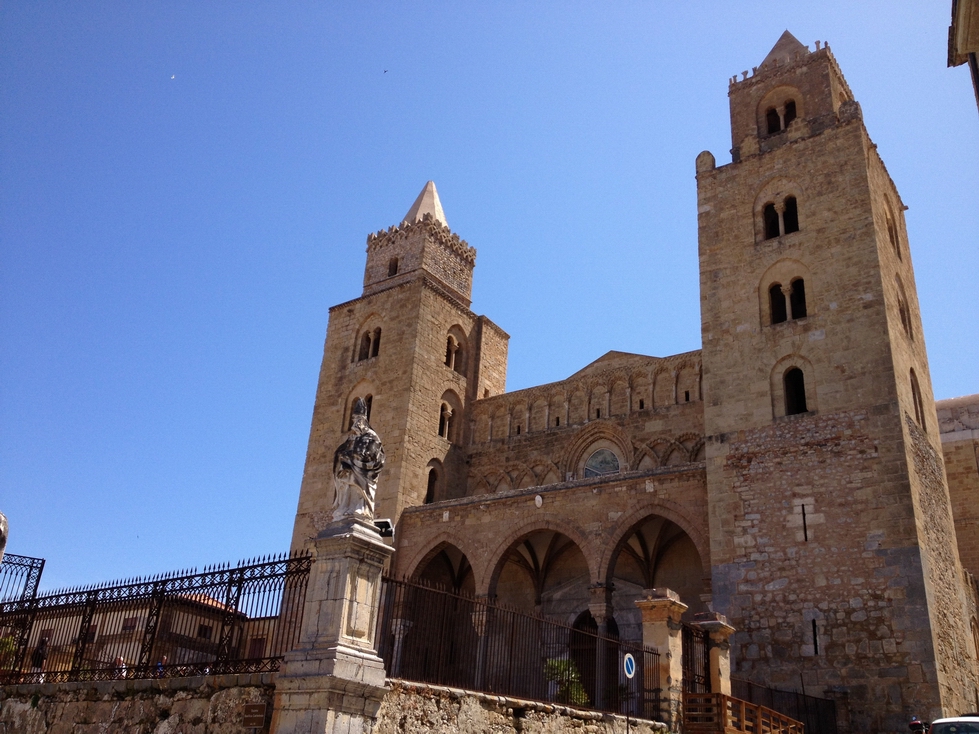
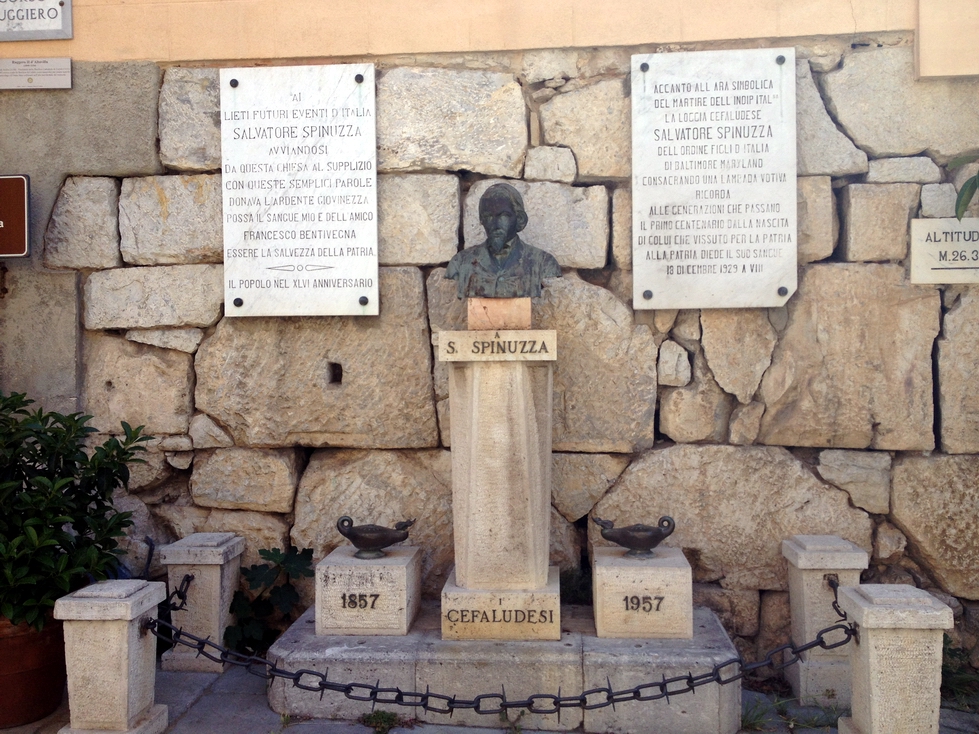
Cefalu's monument to it's favorite son - the patriot
Salvatore Spinuzza
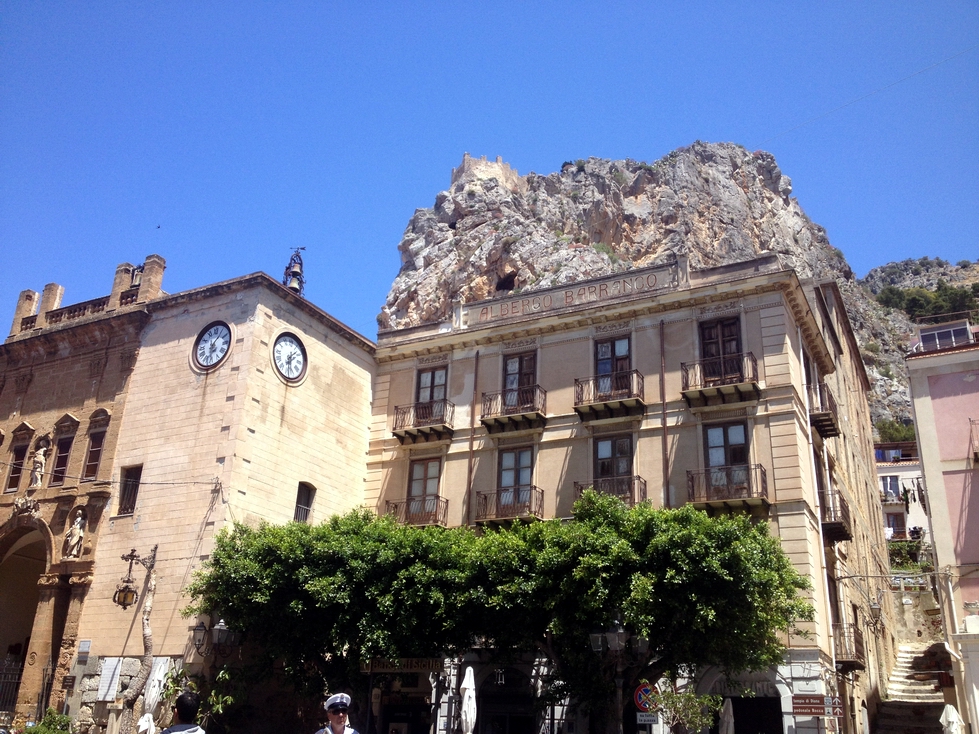
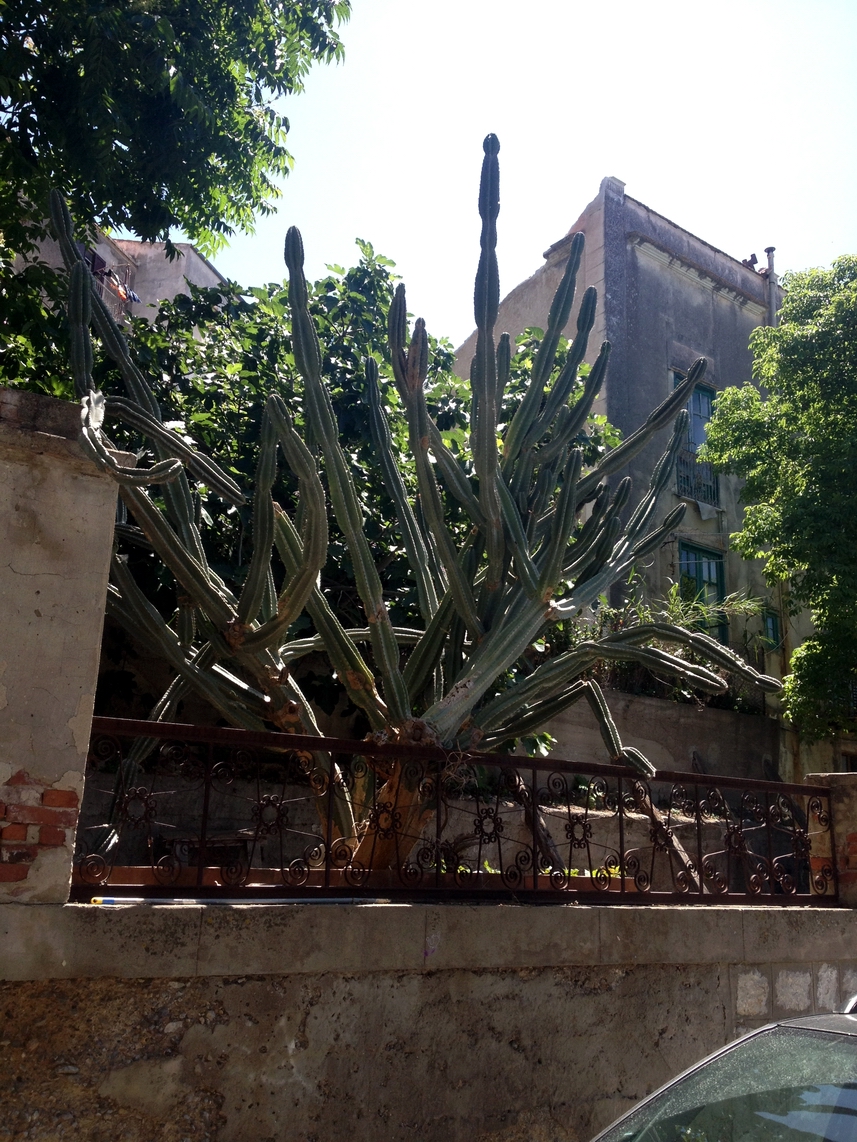
Next Photo Page: The Temple of Diana
 |
 |